The Ugliest Animals in the World
The perception of beauty in animals is shaped by a combination of psychological, evolutionary, and cultural factors. Scientifically, features such as large eyes, round faces, and small noses—traits reminiscent of human infants—tend to elicit nurturing responses. This concept, known as the "baby schema," explains why species like puppies are often perceived as cute. Conversely, animals that deviate from these features—possessing disproportionate body parts, asymmetry, or features that appear threatening—may be labeled as "ugly." Such perceptions are not only subjective but are also influenced by evolutionary instincts and cultural portrayals.
What Are the Characteristics of an “Ugly Animal”?
Animals that are considered "ugly" often possess characteristics that deviate from the baby schema. Features such as disproportionate body parts, lack of symmetry, or features that are perceived as threatening can elicit a sense of discomfort or fear. Biologically, this can be traced back to an evolutionary instinct to avoid potential threats or diseases—animals that appear unusual or unhealthy might be subconsciously associated with danger or sickness. Additionally, cultural influences play a significant role in shaping our perceptions of animal attractiveness. What is considered ugly in one culture might be viewed differently in another. Media portrayal and societal attitudes also contribute to how we perceive certain animals.
How Can Labeling Animals as “Ugly” Be Harmful?
Labeling certain species as "ugly" can have detrimental effects. Focusing on the aesthetic qualities of animals leads to a superficial understanding of nature. It’s important to appreciate animals for their ecological roles and adaptations, rather than their appearance. Human perception often influences conservation priorities. Animals deemed "cute" or "beautiful" typically receive more public sympathy and support, while those labeled as "ugly" are often overlooked. This bias can lead to unequal conservation efforts, potentially neglecting species that play crucial roles in their ecosystems. For instance, vultures, often perceived negatively, are vital as nature’s cleanup crew.
1. Blobfish
Often cited as the world's ugliest animal, the blobfish resides in deep waters off Australia and Tasmania. Its gelatinous, gravity-defying appearance is due to the lack of bones and muscles. Adapted to high-pressure deep-sea environments, its body conserves energy by floating passively. The blobfish’s diet consists of edible matter that floats into its path, as it lacks the ability to actively hunt. When removed from its high-pressure habitat, its body collapses into a gooey, blob-like form.
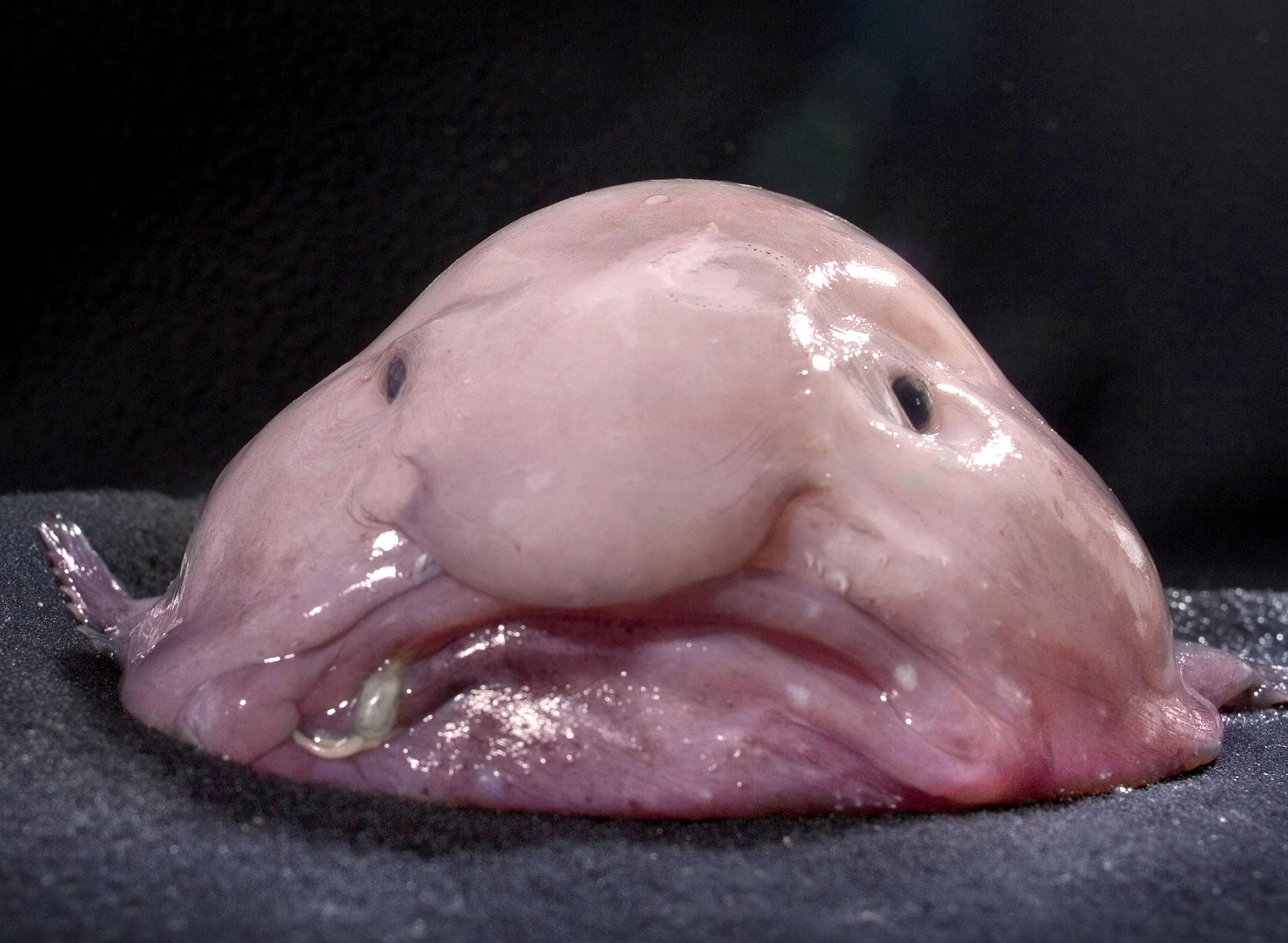
2. Hammerhead Bat
The hammerhead bat is the largest bat species in Africa. Its name comes from its prominent, hammer-shaped head, particularly in males. This unusual morphology enhances the bat’s vocal abilities, allowing males to produce loud, resonant calls during mating displays. Found in the rainforests of central and west Africa, the hammerhead bat is nocturnal and relies on its keen sense of smell to locate ripe fruits. This bat is harmless to humans.
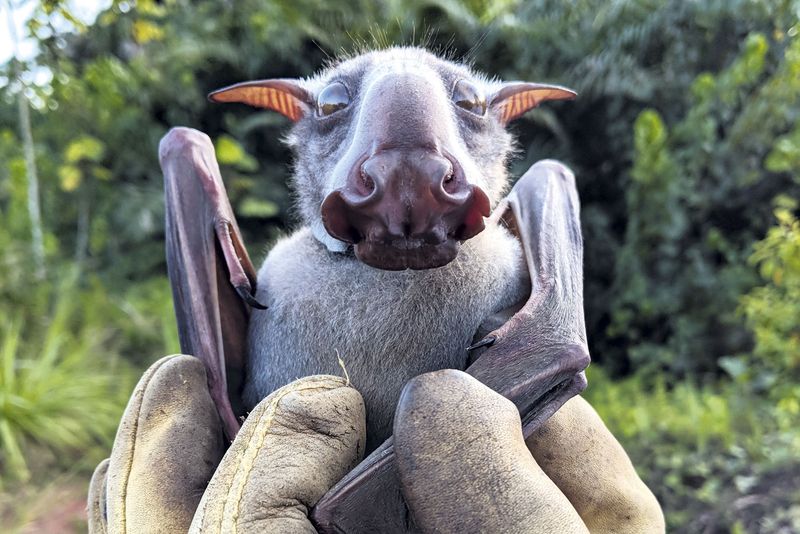
3. Babirusa
The babirusa is a wild pig native to the Indonesian islands. It has a bizarre appearance, characterized by its impressive, upward-curving tusks. These tusks, which actually grow from its upper jaw and can pierce its own skull, are a unique feature among pigs. The babirusa has a slender, deer-like body, a departure from the typical stout pig build, and relatively long legs. It primarily feeds on fruits, leaves, and small animals. The unusual tusks are used in male-to-male combat and as a display to attract females.
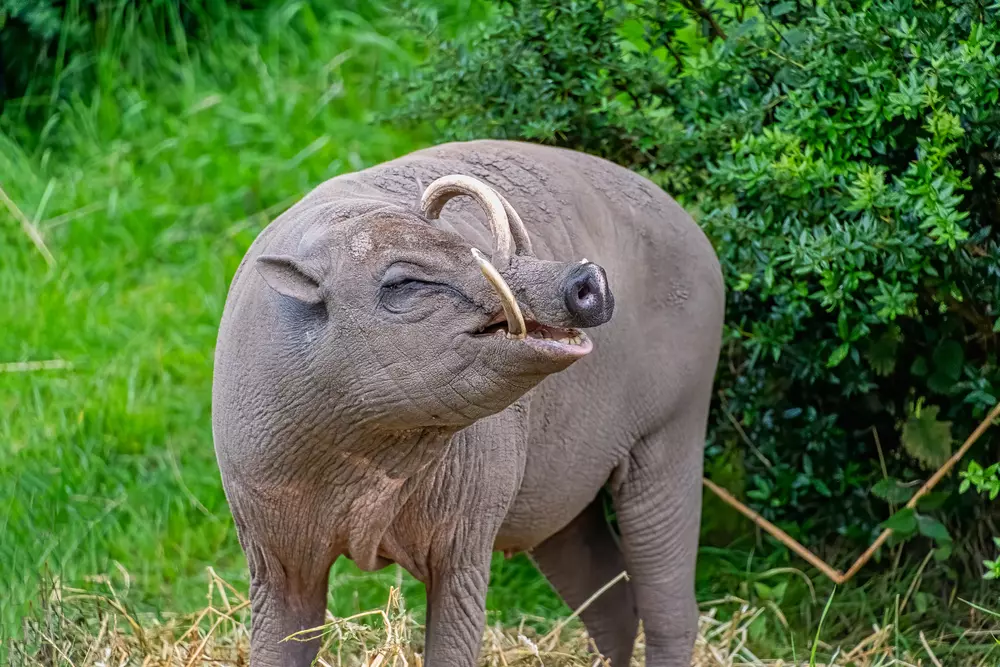
4. Andean Condor
The Andean Condor is one of the world’s largest flying birds. Its wingspan can exceed 10 feet (3 meters). This South American bird is a scavenger, feeding mainly on carrion. It has a bald head with a ruff of white feathers around the neck. These birds are known for their graceful flight, using thermal currents to stay aloft for hours with minimal effort. The condor holds significant cultural and mythological importance in South American societies. The Andean Condor is a symbol of power and health in the Andean regions.
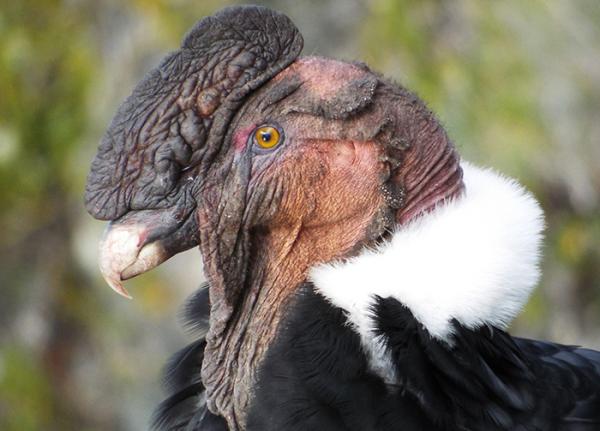
5. Purple Frog
The purple frog is an unusual amphibian with a bloated body and a small head. Its striking purple skin and pointed snout make it one of the most recognizable frog species. This burrowing frog spends most of its life underground, emerging only during the monsoon season to breed. The purple frog’s peculiar vocalizations, which sound like a chicken clucking, are used to attract mates. Its diet primarily consists of termites and other insects, which it captures using its sticky tongue. The purple frog is native to India.
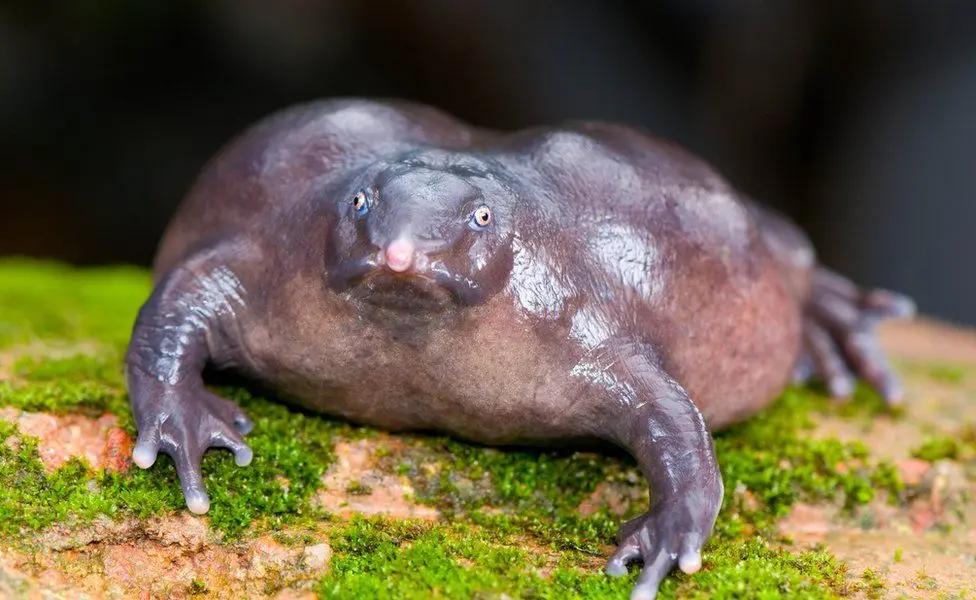
6. Saiga Antelope
The saiga antelope is primarily found in the steppes of Central Asia. It has an oversized, bulbous nose, which is an adaptation to its dusty, arid habitat. It filters out dust and can warm the air in the winter before it enters their lungs. The saiga has a pale, sandy coat and a hunched posture, which assists them in grazing in their grassland environment. Once roaming in vast herds, the saiga antelope is now critically endangered due to poaching and habitat loss.
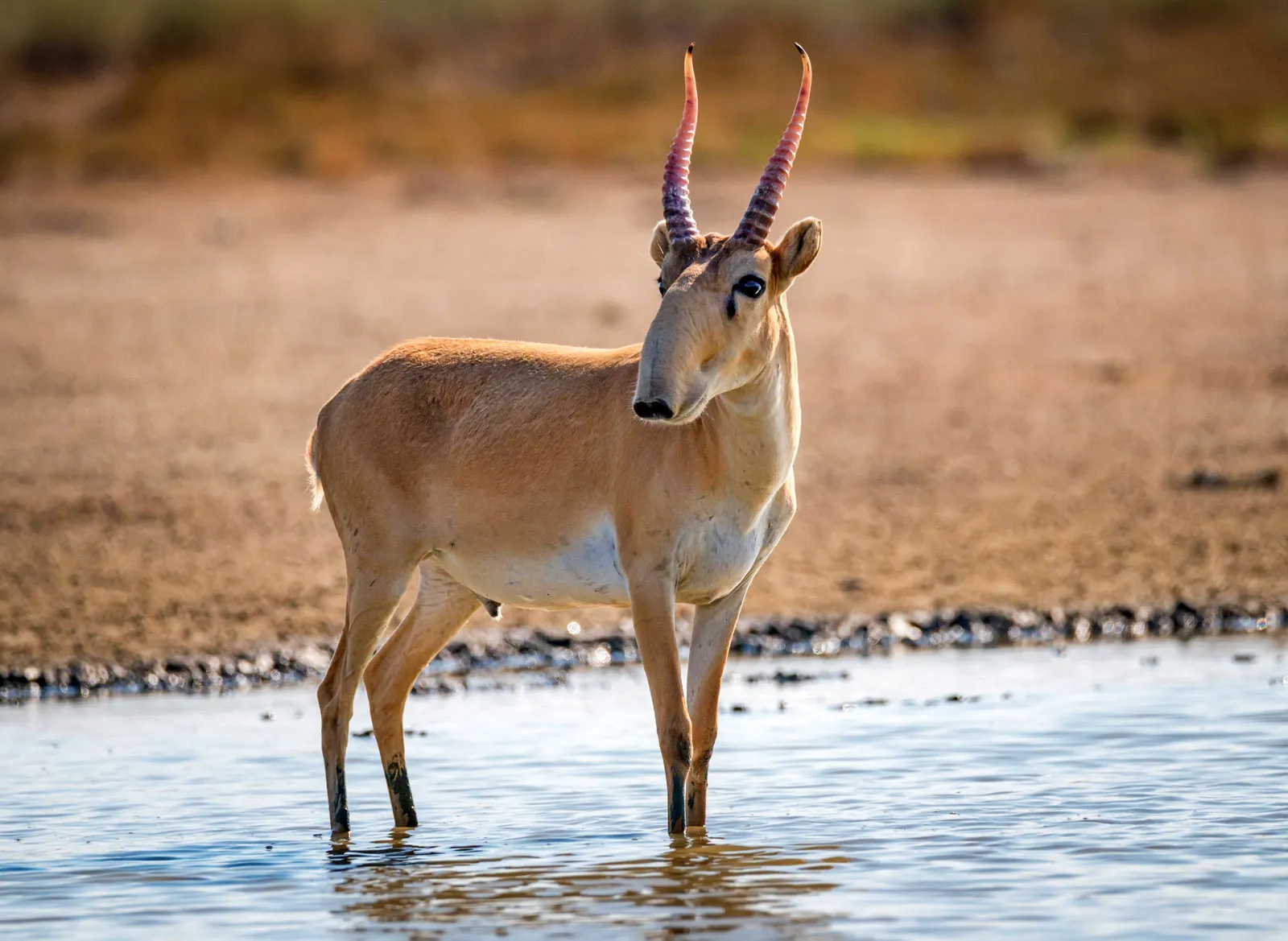
7. Naked Mole Rat
The naked mole rat is a unique rodent known for its hairless, wrinkled skin and prominent teeth. These creatures are eusocial, living in large colonies led by a single breeding queen, much like bees or ants. They are adapted to their underground existence with a high tolerance to pain and a low oxygen requirement. Their appearance may be unsettling, but it’s a result of their specialized subterranean lifestyle.
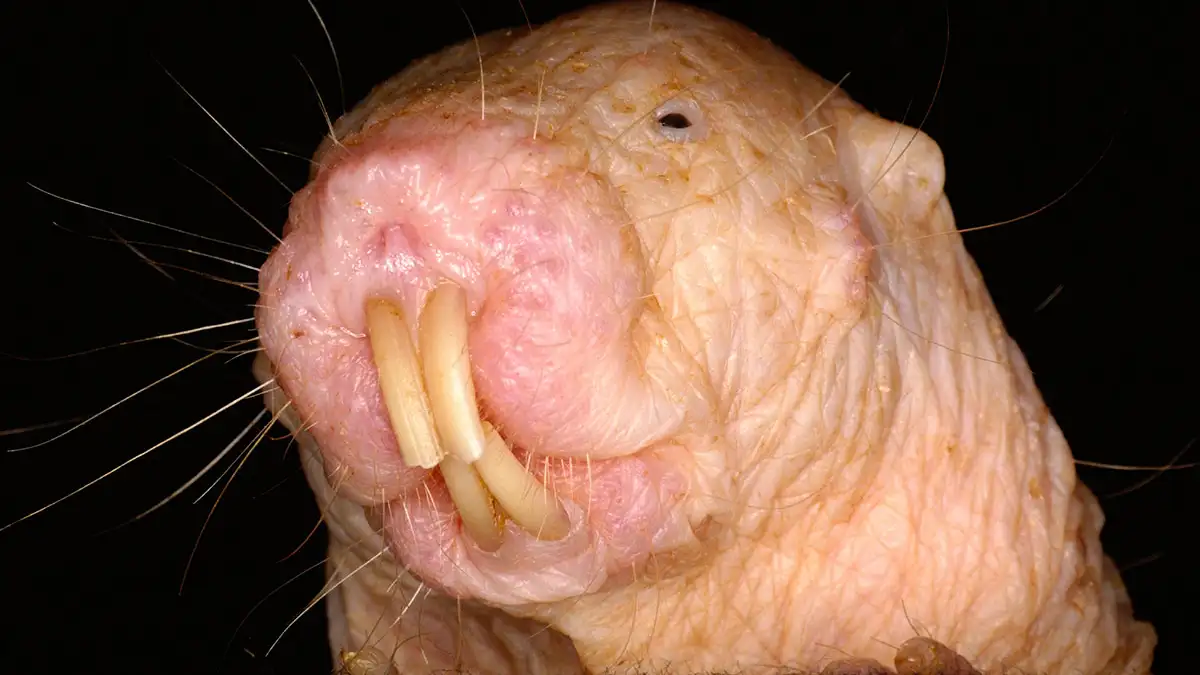
8. Marine Iguana
The marine iguana is found only in the Galapagos Islands. It is the only lizard that swims in the ocean. Its appearance includes a robust, dark body and a blunt snout, adapted for feeding on algae from rocks. These iguanas can dive over 30 feet (9 meters) underwater and have special glands to expel salt ingested while feeding. The marine iguana varies in size and color across different islands, a display of adaptive radiation observed by Charles Darwin. Their ability to swim and forage in the sea is a remarkable adaptation to the harsh, volcanic environment of the Galapagos.
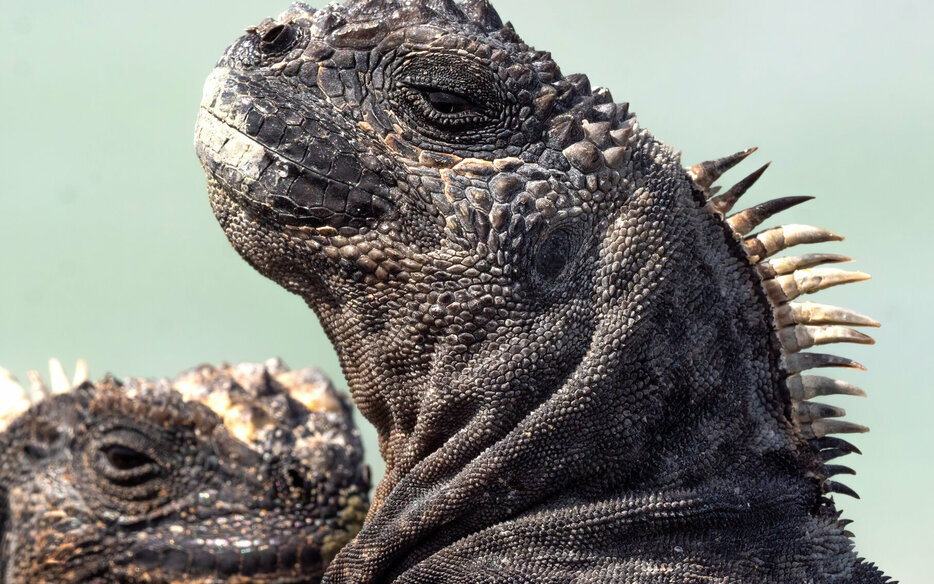
9. Proboscis Monkey
The proboscis monkey, native to Borneo, is notorious for its large, elongated nose. This pronounced nasal feature is more prominent in males and is used to attract females and amplify vocalizations. Scientists believe that their huge, flappy nose serves as an echo chamber amplifying their sound. Their unusual appearance is complemented by a
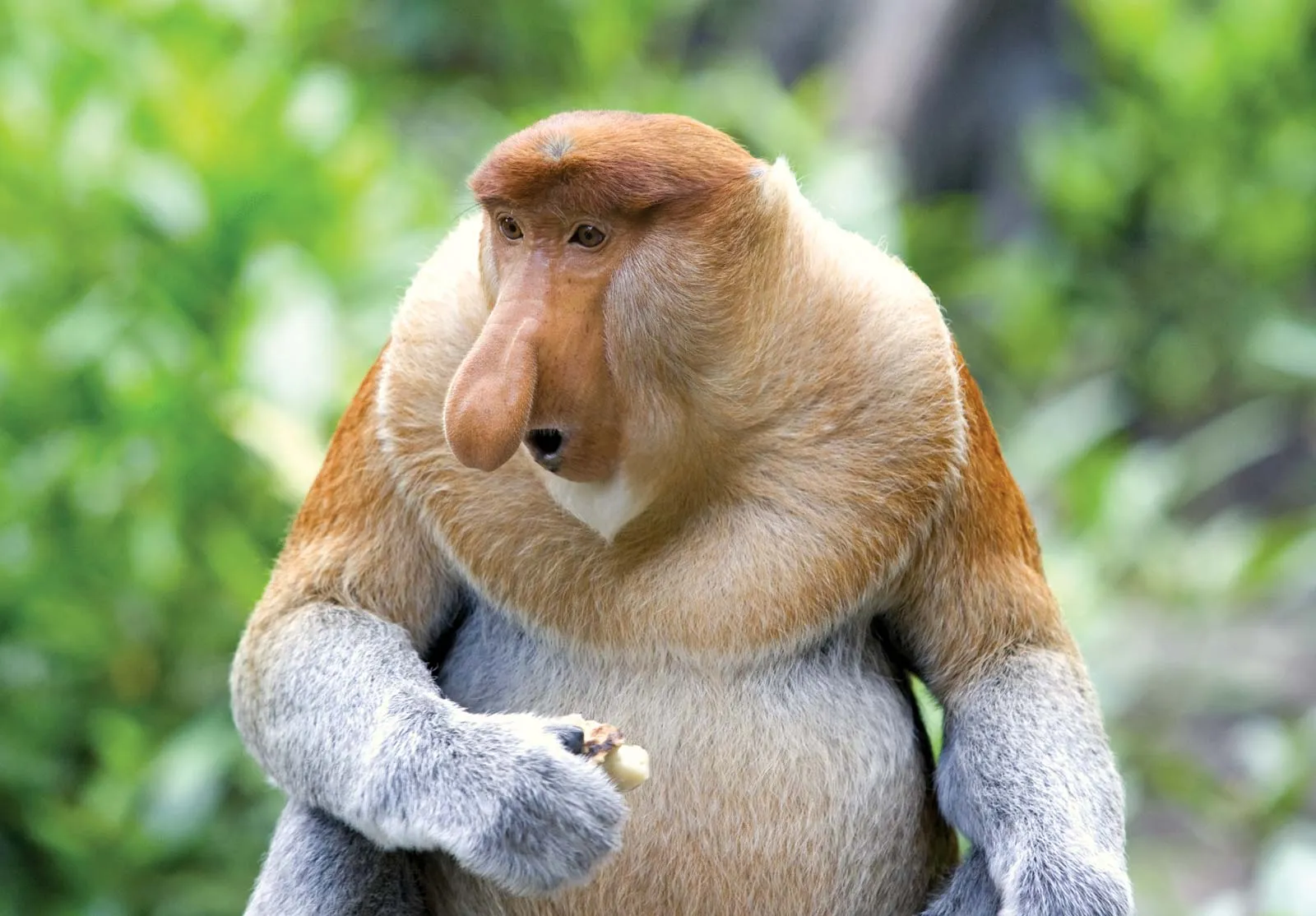
10. California Condor
Though often called unattractive due to its bald, vulture-like head and imposing size, the California condor is a marvel of survival and resilience. With a wingspan that can reach nearly 10 feet, it’s one of the largest birds in North America. This scavenger plays a crucial role in its ecosystem by cleaning up carrion, which helps reduce the spread of disease. Their bald heads are actually an evolutionary adaptation for hygiene – less feathers mean less mess when feeding on carcasses. Despite their intimidating look, California condors are gentle giants and a powerful symbol of conservation success.
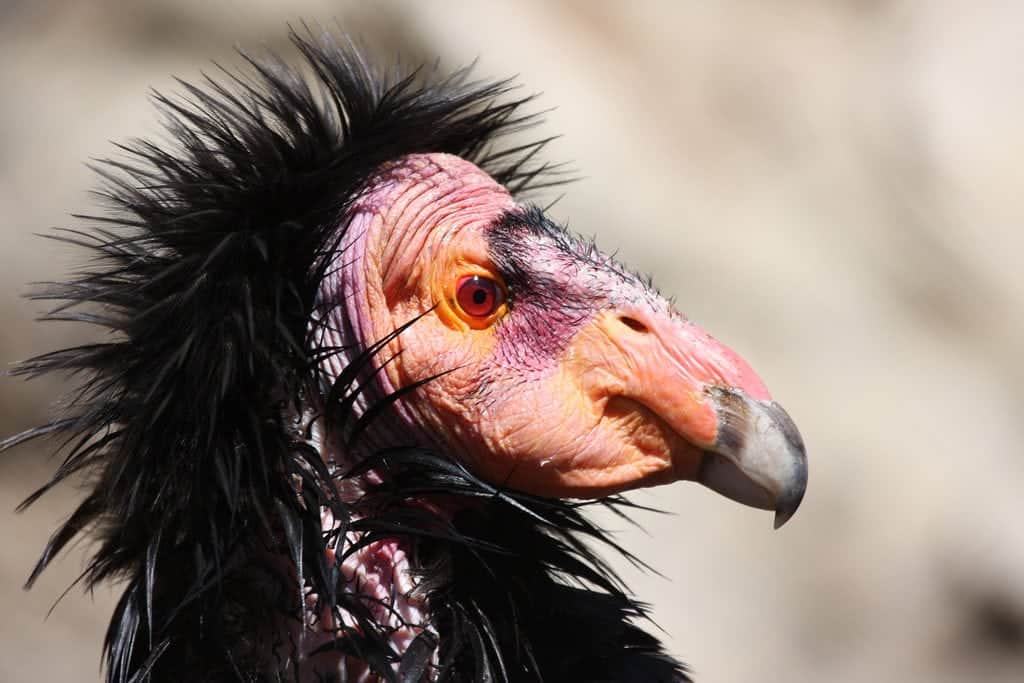
11. Star-Nosed Mole
Looking like something straight out of a sci-fi film, the star-nosed mole’s most distinctive feature is its 22 soft, pink tentacles radiating from its snout. This unique "star" functions like a supercharged sensory tool, helping the mole identify food with lightning speed—faster than the human eye can follow. Although it appears alien, the star-nosed mole is a master of adaptation, thriving in wet lowland areas of North America where its bizarre nose gives it a competitive edge underground.
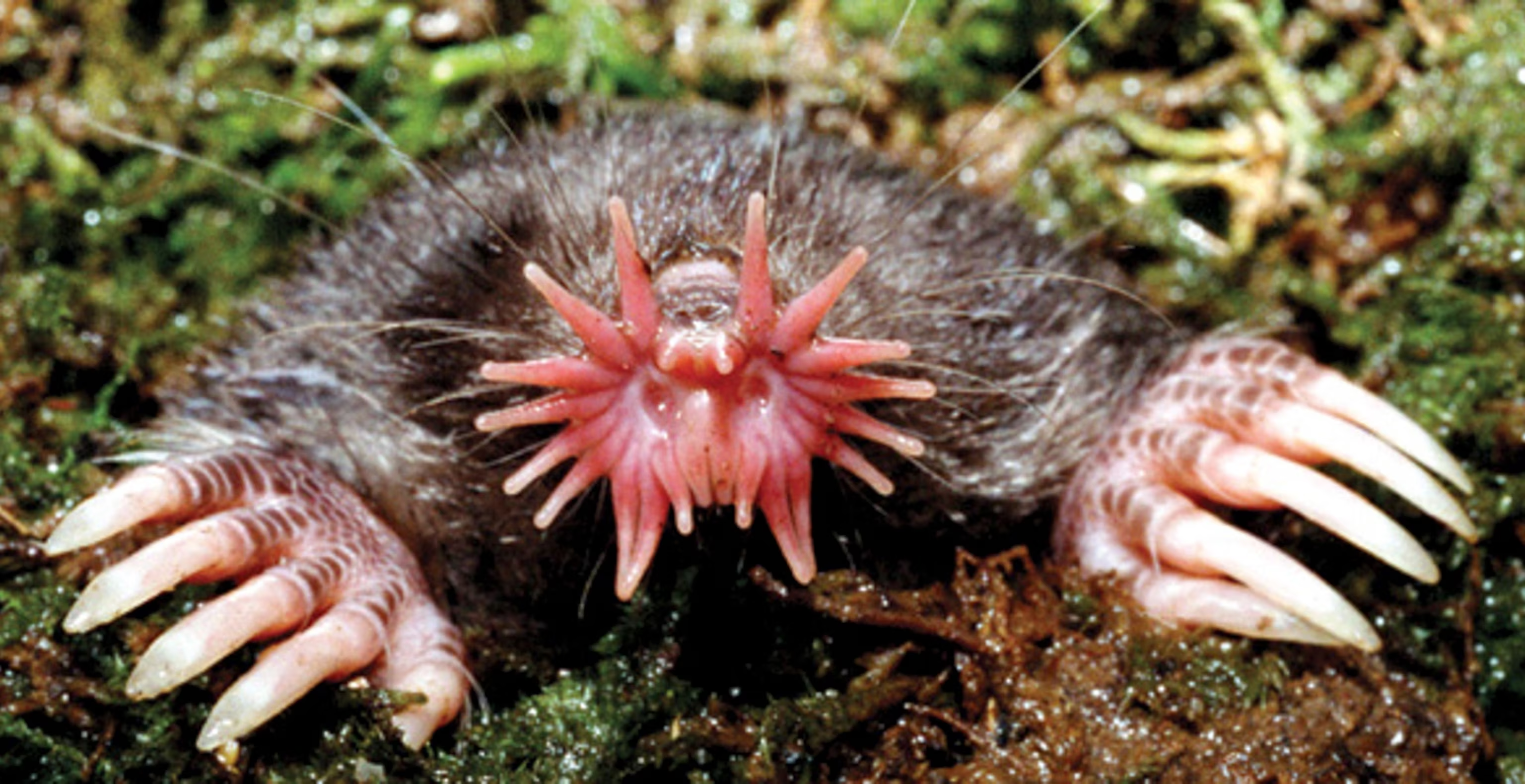
12. Aye-Aye
This nocturnal lemur from Madagascar tends to stir unease at first glance. Its wide, unblinking eyes and skeletal fingers give it a ghostly presence, but the aye-aye’s eerie looks mask an incredibly specialized hunter. It uses its middle finger like a tapping probe to locate insects inside tree bark—a skill unique among primates. Sadly, superstitions about its appearance have led to its persecution in some areas, despite its crucial role in forest ecosystems.
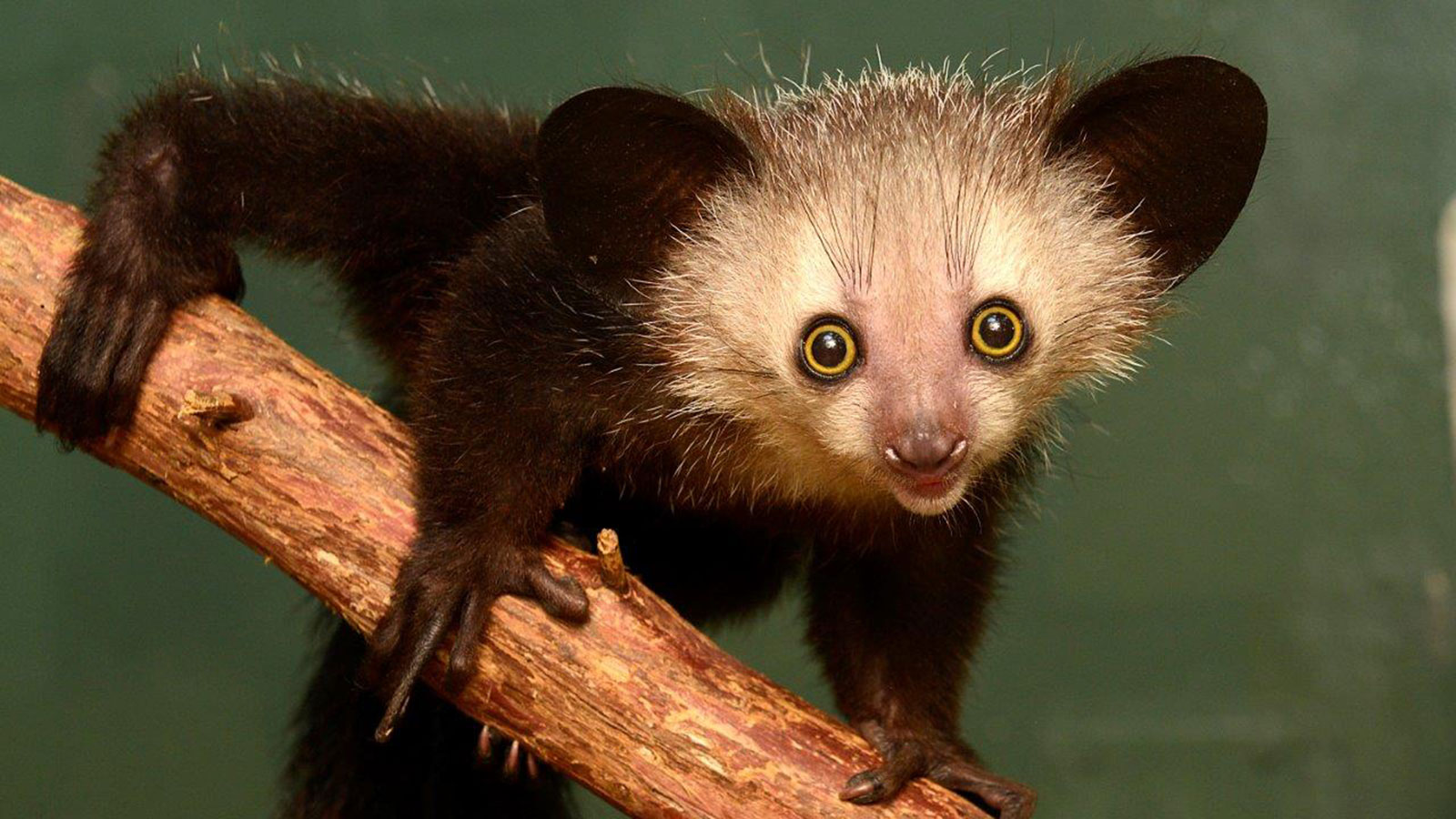
13. Goblin Shark
The goblin shark lives in deep, dark ocean trenches and rarely comes into contact with humans. Its elongated, blade-like snout and protruding jaw, which can extend rapidly to snatch prey, give it an otherworldly vibe. But in its pitch-black habitat, this strange face is perfect for detecting and catching fish. As ancient as the dinosaurs, goblin sharks are living fossils, offering scientists valuable insights into shark evolution.
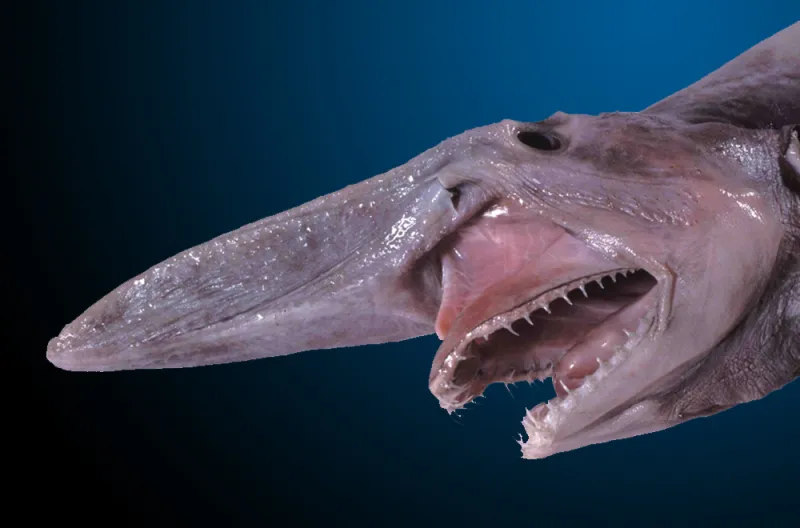
14. Matamata Turtle
This South American freshwater turtle looks like a piece of submerged bark come to life. With a flat, camouflaged shell and a head full of flaps and ridges, the matamata is the ultimate ambush predator. Instead of chasing prey, it sucks fish into its gaping mouth using a powerful vacuum-like gulp. Its looks may be off-putting to some, but every detail of its design is fine-tuned for its stealthy lifestyle.
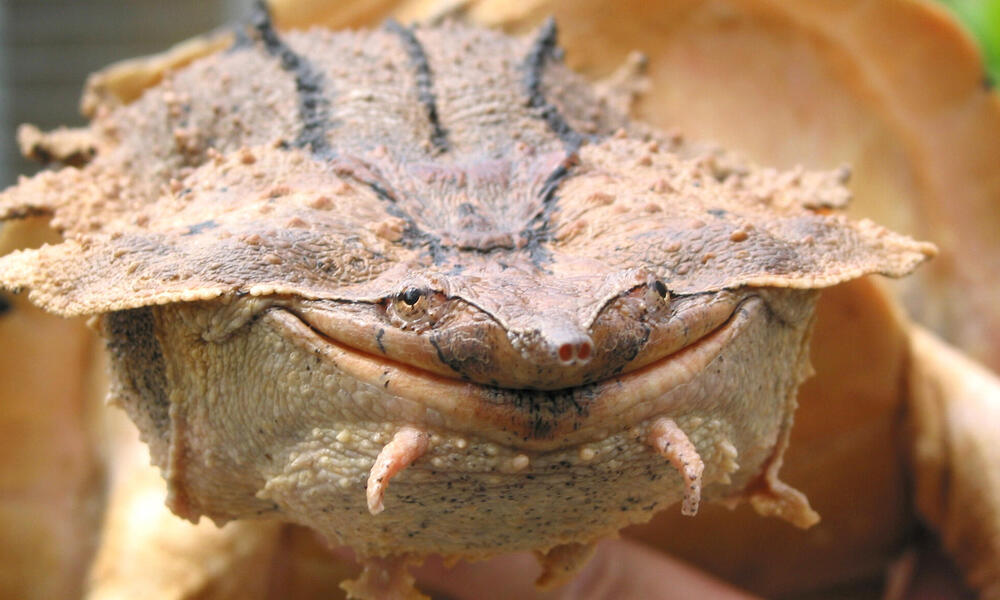
15. Hyena
Hyenas are frequently portrayed as villains in popular media, which doesn’t help their reputation. With sloped backs, mismatched legs, and rough coats, they’re often seen as unattractive. But hyenas are some of the smartest and most socially complex mammals in the animal kingdom. Their matriarchal clans and impressive communication skills (including those iconic laughs) reveal an intelligent and cooperative side that rarely gets recognized.
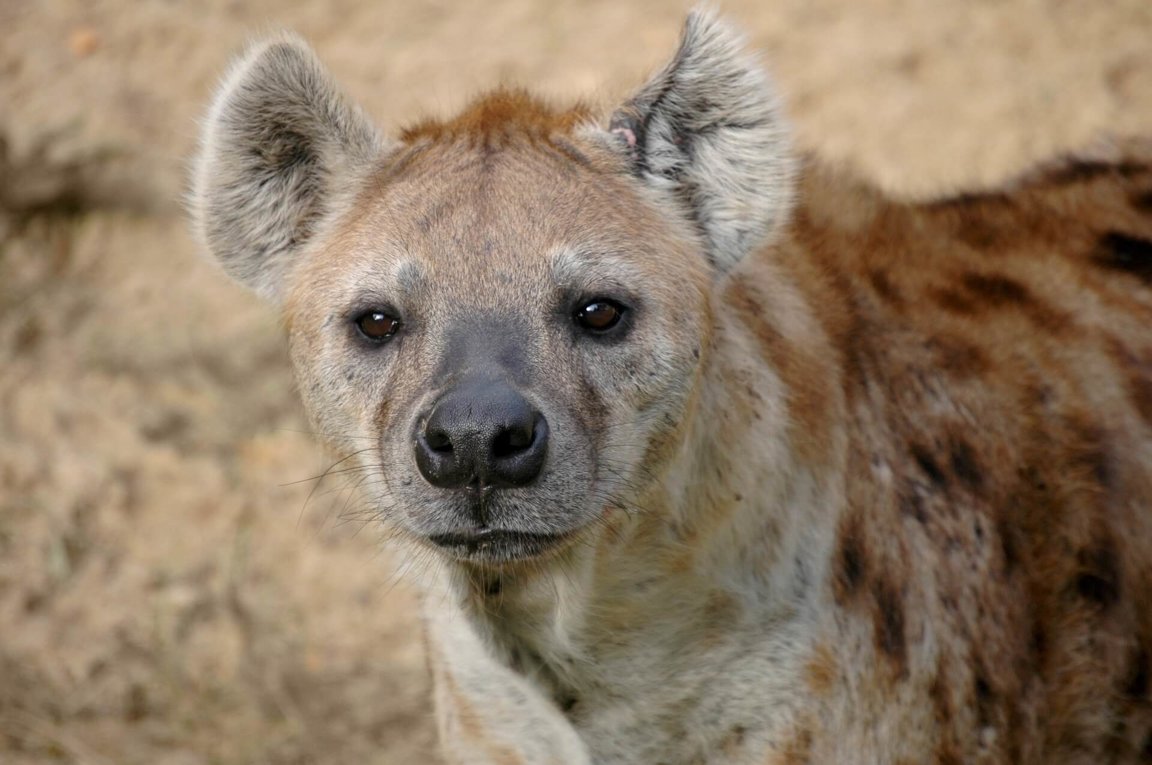
16. Axolotl
The axolotl's quirky, eternal smile and feathery gills may look odd to some, but this Mexican salamander is an icon of scientific fascination. Unlike most amphibians, the axolotl retains its larval features into adulthood—a condition called neoteny. Its most remarkable trait? The ability to regenerate entire limbs, organs, and even parts of the brain. What might look like a quirky cartoon character is actually a biological marvel with healing powers we’re only beginning to understand.
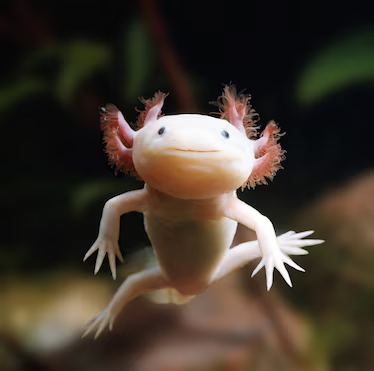
17. Red-Lipped Batfish
This flamboyant fish looks like it’s ready for a night out—with bright red lips that pop against its pale body. But it’s no model—it uses its leg-like fins to ‘walk’ awkwardly along the sea floor near the Galapagos Islands. The red lips likely help with species recognition during mating, while its flattened body keeps it grounded in strong currents. Oddly beautiful in its own way, the red-lipped batfish is proof that even the most unconventional appearances can have purpose.
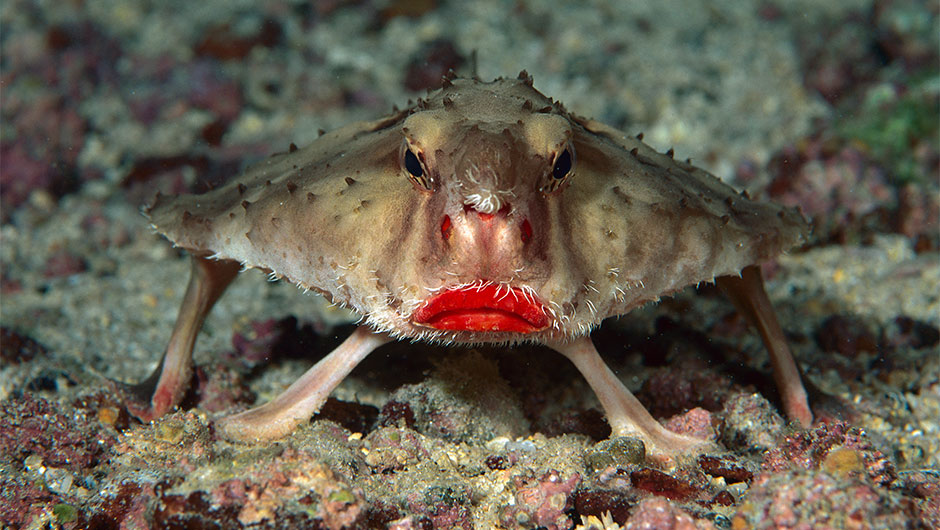
18. Elephant Seal
With its massive body and inflated trunk-like nose, the male elephant seal is hard to ignore. These ocean behemoths, weighing up to 4,500 pounds, use their noses to produce loud, booming roars during breeding season. Although they look clumsy on land, elephant seals are exceptional divers, able to plunge more than a mile deep and remain underwater for over two hours. Their bulky, awkward looks on shore are a small tradeoff for their mastery of the deep.
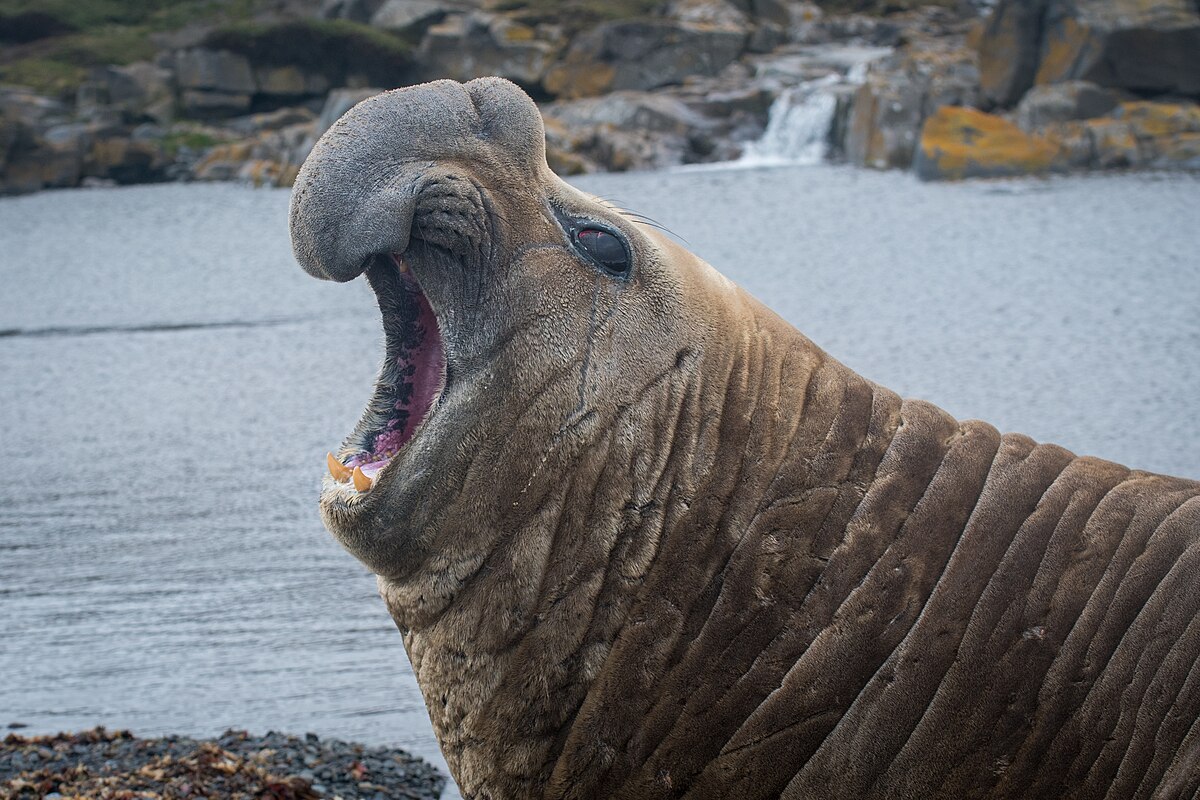
19. Bald Uakari
The bald uakari monkey might raise eyebrows with its intense, crimson face and bald head. But that red flush is more than just a shock factor—it’s actually a health signal. A vibrant face means good circulation and a strong immune system, which is attractive to potential mates. Found in the Amazon’s flooded forests, bald uakaris are social, curious creatures who play a crucial role in seed dispersal and forest regeneration.
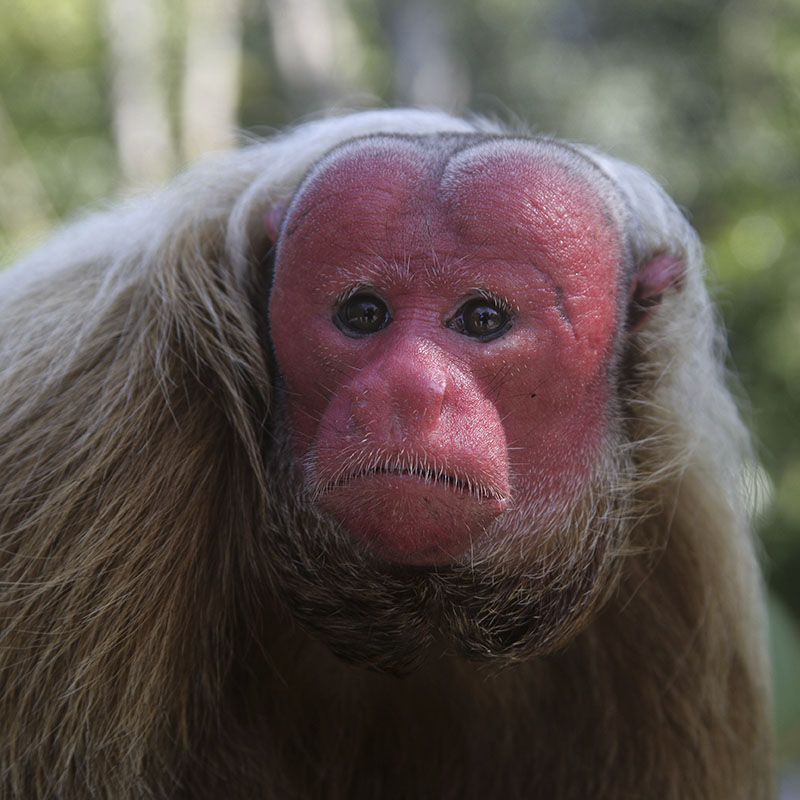
20. Wrinkle-Faced Bat
Native to Central America, the wrinkle-faced bat is as bizarre as it sounds. Its deeply folded facial skin looks like a crumpled mask, especially in males, who even have a flap of skin they can pull over their face when roosting. Though it might seem like an evolutionary misstep, these wrinkles are thought to enhance their ability to emit and direct mating calls, or possibly help in scent dispersion. Despite the creepy face, they’re gentle fruit-eaters that play a key role in forest regeneration.
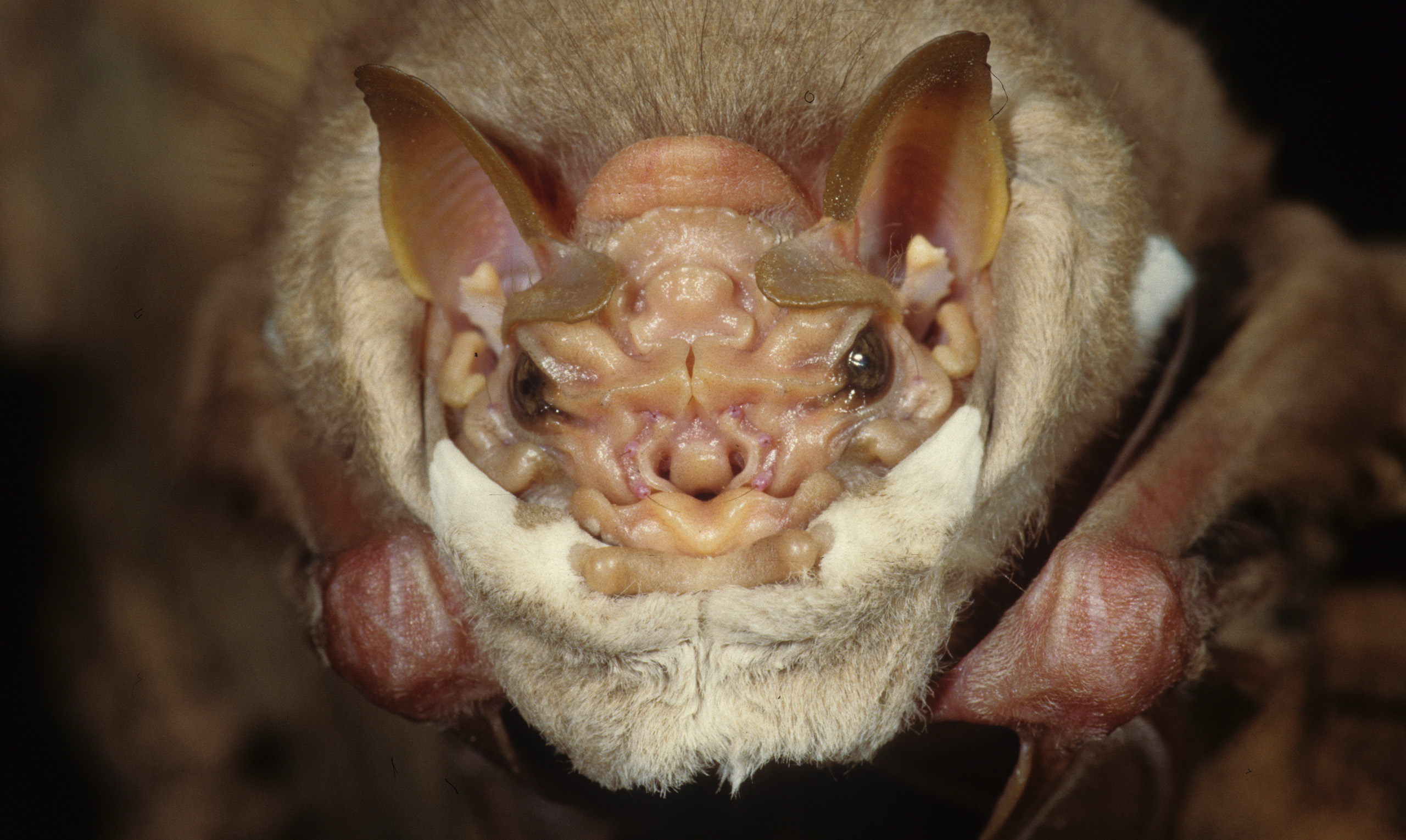
21. Warthog
Found across much of Africa, the warthog wears its rugged look with pride. From its tusks to the wart-like facial bumps, it’s all function over fashion. Those tusks are used for digging, self-defense, and sparring during mating season. Their “warts” are actually thickened skin patches that protect during fights. Though their appearance is far from graceful, warthogs are resourceful survivors—capable of sprinting, kneeling to eat, and even reversing into burrows to protect themselves from predators.
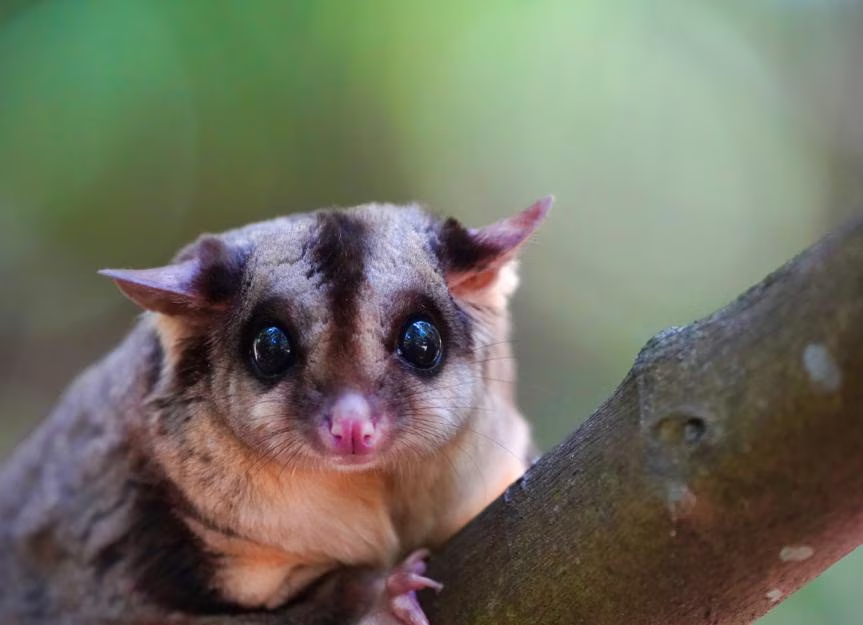
22. Horseshoe Bat
These echolocation experts have a face that resembles a folded leaf or a wrinkled horseshoe, which is exactly what gives them their name. This strange nose structure is actually a sonar system—shaping sound waves as they hunt insects at night. Horseshoe bats are found in Europe, Africa, Asia, and Oceania, and despite their small size and spooky look, they are harmless and essential for pest control.
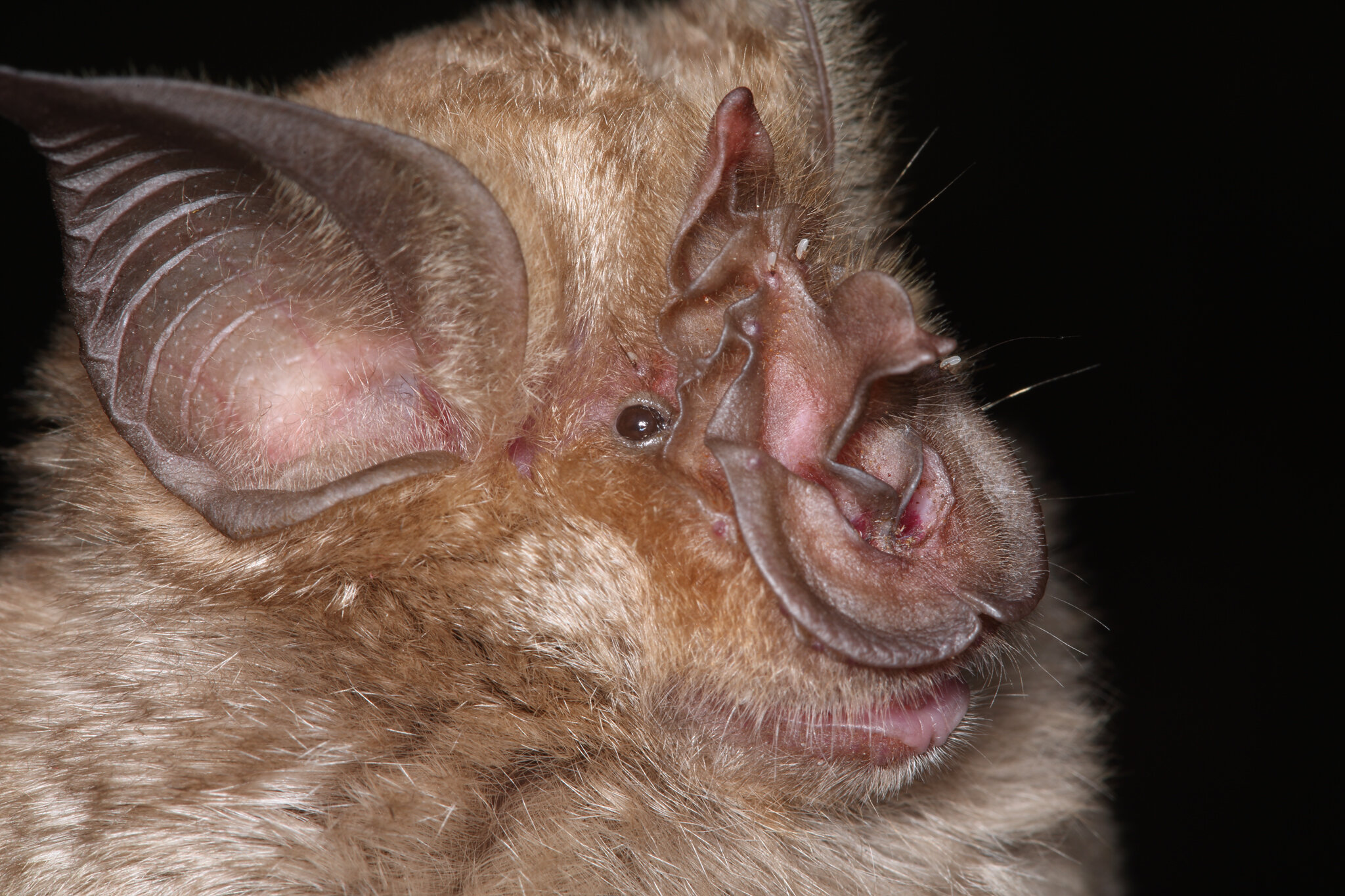
23. Marabou Stork
Nicknamed the “undertaker bird,” the marabou stork looks like it walked straight out of a horror movie. With a featherless head, massive bill, and hunched, awkward frame, it isn’t winning any beauty contests—but that bare head helps it stay clean while feeding on carrion. This massive bird, with a wingspan over 10 feet, plays a vital role in the African savannah ecosystem by helping dispose of dead animals and waste.
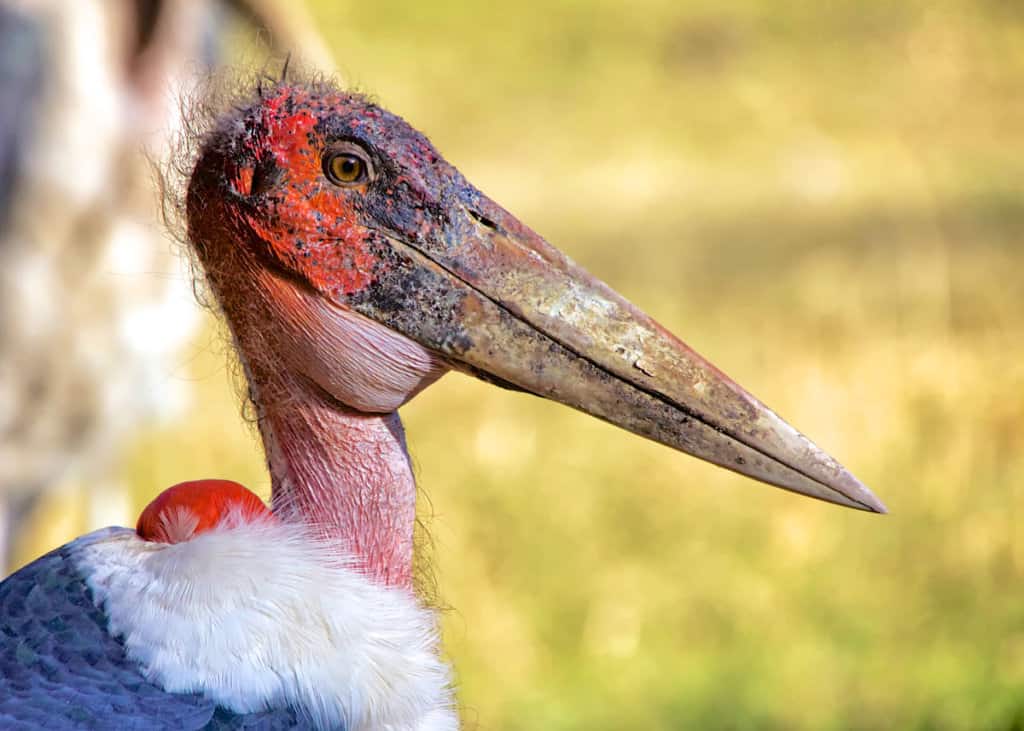
24. Monkfish
Also known as “sea devils,” monkfish look like giant mouths with fins attached. These deep-sea predators have wide, flattened heads, sharp teeth, and use a fleshy lure dangling from their head to tempt unsuspecting prey. While they’re not pretty, they’re highly effective ambush predators. Ironically, their flesh is considered a delicacy in many cuisines, often called “poor man's lobster.”
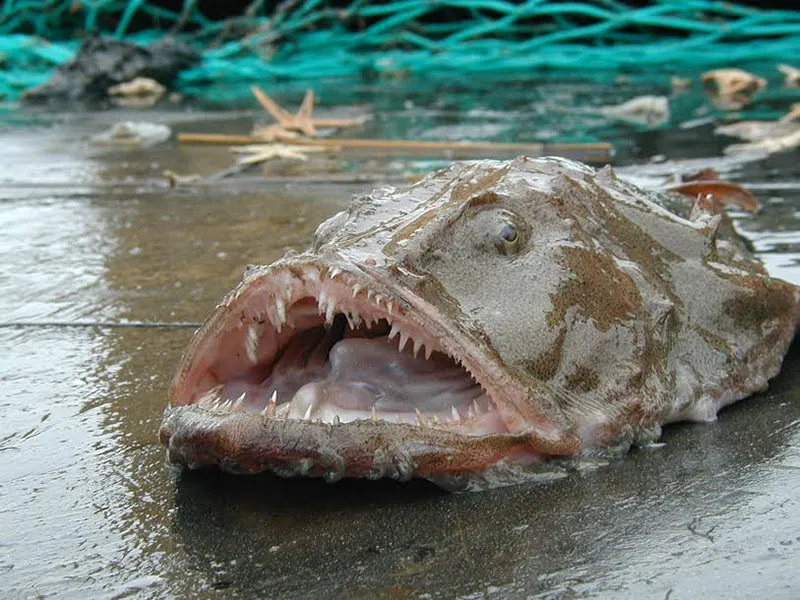
Beyond Appearances
When it comes to wildlife, “ugly” is often just another word for “evolutionary masterpiece.” Each creature on this list—no matter how strange or off-putting—has carved out a niche in our planet's vast ecosystem. Their appearances may be unconventional, but their roles are invaluable. Nature isn’t in the business of being cute—it’s in the business of survival, adaptation, and balance. These animals remind us that there’s wonder in the weird, and sometimes, the oddest faces tell the most extraordinary stories.